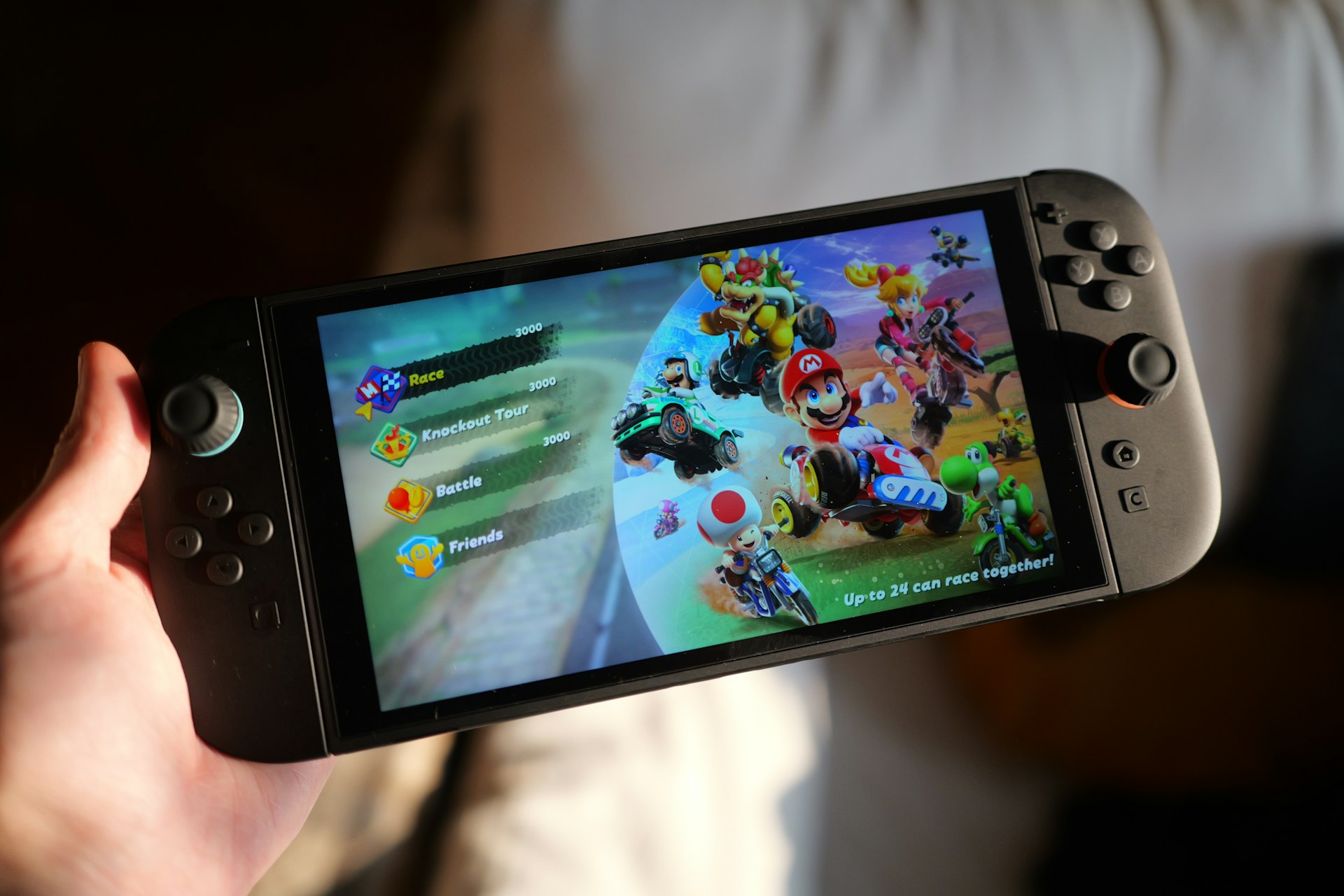The Nintendo Switch 2 has undoubtedly made a monumental splash in the gaming world, quickly establishing itself as a sales powerhouse. With over 3.5 million units sold worldwide within its first four days, the console has set a new benchmark for Nintendo hardware launches. This impressive debut is largely fueled by the immense popularity of Nintendo’s flagship titles, particularly Mario Kart World and the latest Zelda installment, which are proving to be irresistible draws for gamers.
The Unstoppable Force of First-Party Hits
As history often repeats itself in the console market, the Nintendo Switch 2’s early sales trajectory reveals a familiar pattern: gamers are flocking to experiences that only Nintendo can deliver. Titles like Mario Kart World, a digital version of which was even bundled with a special console set in Japan, are not just selling games; they are selling the console itself. The enduring appeal of Nintendo’s iconic characters and innovative gameplay ensures these first-party releases consistently top the sales charts, creating a virtuous cycle for the platform.
Navigating the Third-Party Landscape
However, beneath the surface of this overwhelming success lies a persistent challenge for third-party developers and publishers. While the Switch 2 boasts significant technical enhancements—including a larger, more responsive screen, magnetic Joy-Con 2 controllers, and robust processing capabilities supporting 1080p at 120 Hz handheld and 4K at 60 Hz docked—many third-party titles appear to be struggling to gain significant traction. This raises a critical question: In an ecosystem so heavily dominated by first-party blockbusters, can external developers carve out a substantial market share?
- Consumer Preference: Gamers often purchase Nintendo consoles primarily for Nintendo’s unique IPs.
- Marketing Focus: Nintendo’s marketing might naturally prioritizes its own titles.
- Ecosystem Niche: Third-party games need to find their specific niche to thrive amidst the Nintendo giants.
Beyond Hardware Specs: The Software Battle
Despite the Nintendo Switch 2’s advancements, such as the new GameChat feature for seamless online communication and continued backward compatibility with existing Switch games, the battle for consumer attention ultimately comes down to software. The console’s ability to offer a premium experience, whether docked or on the go, is undeniable. Yet, the current sales figures suggest that even with improved hardware, the consumer’s wallet is primarily opening for the familiar, beloved franchises that define the Nintendo experience. For third-party developers, understanding and adapting to this deeply ingrained consumer behavior will be key to unlocking their potential on the platform.
The early sales data for the Nintendo Switch 2 paints a clear picture: a console thriving on the back of its unparalleled first-party lineup. While this ensures the platform’s immediate success, it also sets a challenging precedent for third-party titles. The ongoing narrative will be how the broader gaming industry navigates this landscape, striving to find its footing and resonate with a fanbase that, for now, remains fiercely loyal to Nintendo’s own creations.
Source: https://www.techtimes.com/articles/310929/20250620/nintendo-switch-2-sales-reveal-familiar-pattern-do-third-party-titles-really-struggle-new.htm
